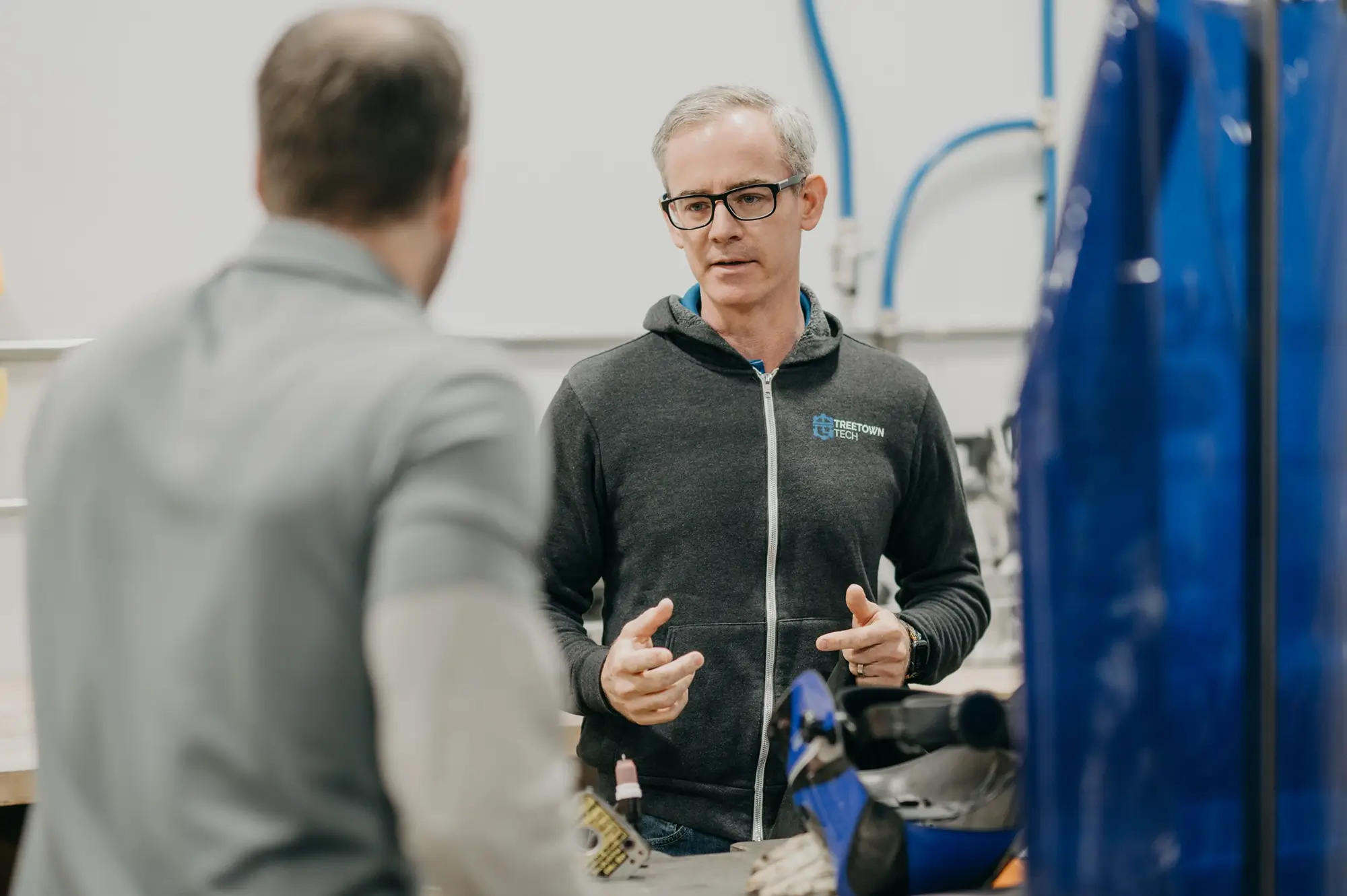
We love making things work together—it’s what we do best. Nothing frustrates us more than flawless individual systems that refuse to play nice. It’s like the pineapple-on-pizza debate: a single disagreement in an otherwise perfect scenario can cause chaos. Our job is to prevent that.
Systems engineering is about making every component interlock smoothly across mechanical, electrical, and software domains. Unlike teams that rely on outside consultants (hello silos, extra cost, and delays), our in-house experts collaborate under one roof to ensure a fully integrated system from day one. No silos, no finger-pointing blame—just a cohesive product designed to perform exactly as intended. Whether it’s hardware talking to software, electronics fitting into mechanical enclosures, or ensuring performance goals are met, we handle it all—seamlessly, efficiently, and with zero paisley-patterned chaos.

We work closely with customers to capture and define system requirements, ensuring alignment with business goals, regulatory standards, and operational needs. Techniques such as stakeholder interviews, use case development, and traceability matrices help create a clear roadmap for the project.
Our team designs high-level system architectures that define key components, subsystems, and interfaces. By having a blueprint that defines the interactions and behaviors of interlocking components, we have a point of reference through development.
We apply structured risk assessment techniques, including Failure Mode and Effects Analysis (FMEA) and Fault Tree Analysis (FTA), to identify potential failure points early. By conducting trade studies and simulation-based verification, we proactively mitigate risks related to safety, performance, and reliability.
Systems often require seamless integration across mechanical, electrical, and software disciplines. We establish clear interface control documents (ICDs), conduct system compatibility testing, and ensure smooth interoperability between all components and subsystems. Having all disciplines under one roof allows us to do this very efficiently.
We rigorously test system performance against requirements through both virtual and physical validation methods using a design verification plan (DVP). This includes Hardware-in-the-Loop (HIL) testing, software verification, and real-world prototype evaluations to ensure the system functions as intended before deployment.
Our commitment extends beyond initial deployment, providing ongoing system monitoring, performance analysis, and iterative updates. We support customers with maintenance strategies, predictive analytics, and future upgrade planning to enhance system longevity and adaptability.
Treetown's team provides clients with technical and professional documentation for engineering drawings and advises on analysis, test plans, program planning, and implementation. Our crew is at hand to ask the right questions to ensure you get the best solutions for your goals.
You have the vision. We have the team and expertise to get it built. Let's collaborate to innovate, problem-solve, and de-risk every step of the way.